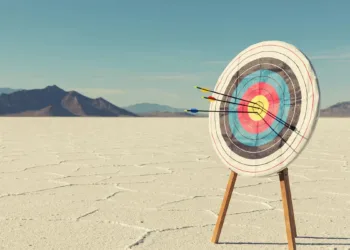Solid waste management is a major issue in India, and it has a negative influence on the environment. Every day, we produce about 1.5 lakh metric tonnes of solid trash. This comprises not just rubbish and municipal waste, but also E-waste, plastic waste, hazardous waste, and other types of waste. It is important to understand the various categories if we are to seriously address the increasing challenge of waste management.
Along with the other types, e-waste are increasing too and becoming a challenge to manage. Small electronic gadgets such as TWS, that need micro-level operations to repair are one of the key reasons. Replacing with a new unit is much easier than repairing in this case and what to do with the faulty one? It joins the e-waste dump and this cycle is going on. However, the majority of e-waste still comes from big appliances and gadgets. The list includes televisions, fridges, washing machines, fans, AC, laptops, smartphones, monitors, and so on.
We all know companies like Apple and Samsung are removing charging adapters from the boxes to protect the environment. Though some experts pointed out it’s nothing but a business strategy and not exactly what they are claiming. Side by side, it’s also true that they use recyclable components as much as possible. Now, coming to why these e-wastes are harmful to us.
Toxic metals such as lead, cadmium, beryllium, and chromium, to name a few, are present in these products. When e-waste is recycled or disposed of in an inefficient manner, such as by just dropping it in the trash, it becomes dangerous. When harmful substances are released into the environment, they can create serious health concerns. In the year 2019, it was recorded that 10,14,961.21 tonnes of E-waste was generated in India. E-waste is one of the fastest growing forms of waste with a growth rate of 10% each year.
Minimizing and treatment of E-waste are important. Aiming this, Cerebra Green has created India’s largest, most sophisticated end-to-end e-waste recycling facility. Cerebra Green through its collection centres is trying to ensure that all the e-waste collected is accounted for at every stage and is recycled properly. Their services are data security, take back action, recycling, upcycling, reverse logistics, and extended producer responsibility compliance.
As a consumer, we can follow a few points to contribute to e-waste management –
- Not to buy any unnecessary electronic gadget/product/component
- Avoid throwing out, go for the exchange option wherever possible or hand it over to any e-waste management agency.
- Repair and use the product again if possible








